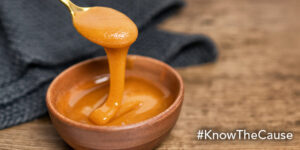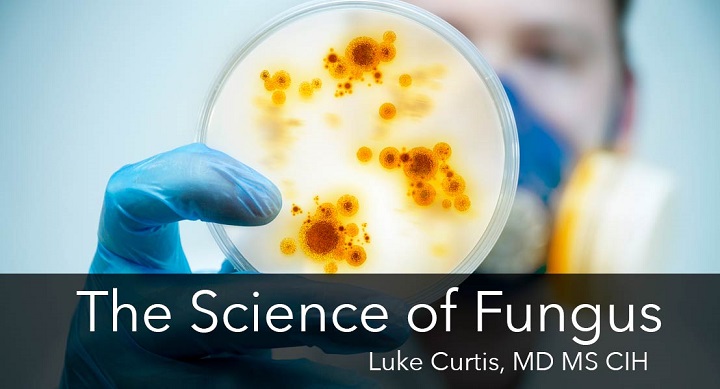

Common indoor and foodborne fungi are known to produce hundreds of allergens and mycotoxins which can cause allergenic and toxic reactions (1, 2). The most studied indoor molds include Alternaria and various Aspergillus species such as Aspergillus fumigatus. Numerous studies have linked exposure to total airborne molds, and exposure to Aspergillus and Alternaria, to respiratory diseases like asthma and rhinitis.
Other common indoor molds such as Penicillium and Cladosporium have also been linked to asthma and allergic diseases. A Belgian study recently studied the allergic and inflammatory effects of common indoor molds including Alternaria alternata, Penicilllium chrysogenum, Aspergillus fumigatus and versicolor, and Cladosporium cladosporoides and sphaerospermum. All of these species were able to stimulate production of inflammatory cytokines such as tumor necrosis factor, and interleukins IL-1α and IL-1β and IL-6 in mouse bone marrow derived dendritic cells (BMDCs).
All species but Aspergillus veriscolor were able to significantly stimulate production of IgE (the antibody involved in immediate allergic reactions) in mice exposed to mold spores in the lungs. Spores from all 6 species were able significantly increase many inflammatory cytokines in mouse lungs including IL-4, IL-5, IL-13, CCL-11 and CCL-24.
Blood from 32 asthmatic humans were also tested for significant IgE levels for 10 common molds. Higher mold IgE levels have been associated with higher asthma risk. The percentages of asthmatics with IgE sensitization to the following molds are as follows: Alternaria alternata 40%, Aspergillus fumigatus 40%, Aspergillus versicolor 9%, Aspergillus niger 16%, Aspergillus flavus 9%, Cladosporium herbareum 30%, Cladosporium sphaerospermum 20%, Cladosporium cladosporodies 9%, Penicillium chrysogenum 19%, and Penicillium brevicompactum 16%.
References / Sources
Doug Kaufmann has written many books that cover a full range or health issues. Find out which of his books best suits you by clicking the button below.
Doug Kaufmann developed his diet after years studying the clinical effects of pathogenic fungi on the body. Fungi and yeasts can become parasitic organisms on and inside our body, causing health problems that can be difficult to diagnose. Learn more about the Kaufmann Diet, change your life and know the cause.
We encourage all visitors to this site to take some time and study these technical articles prior to initiating lifestyle changes, including dietary changes and to do so with their physician’s awareness and approval. The articles posted in this link are scientific and with few exceptions are taken from medical journals familiar to healthcare workers.
Looking for help assembling antifungal Kaufmann Diet approved recipes for breakfast, lunch or dinner? We have several videos, books and recipe write ups here on Know the Cause that will help your health journey. The recipes in this section are so good, you’ll feel like you’re indulging. No sacrifice needed! Enjoy.
© 2024 Mediatriton Inc. All Rights Reserved • Website by Skynet Solutions